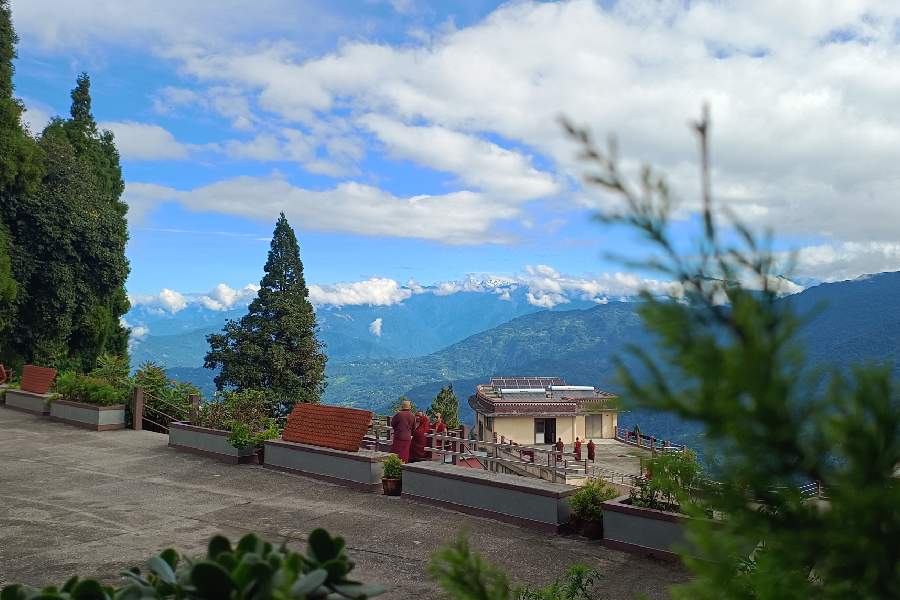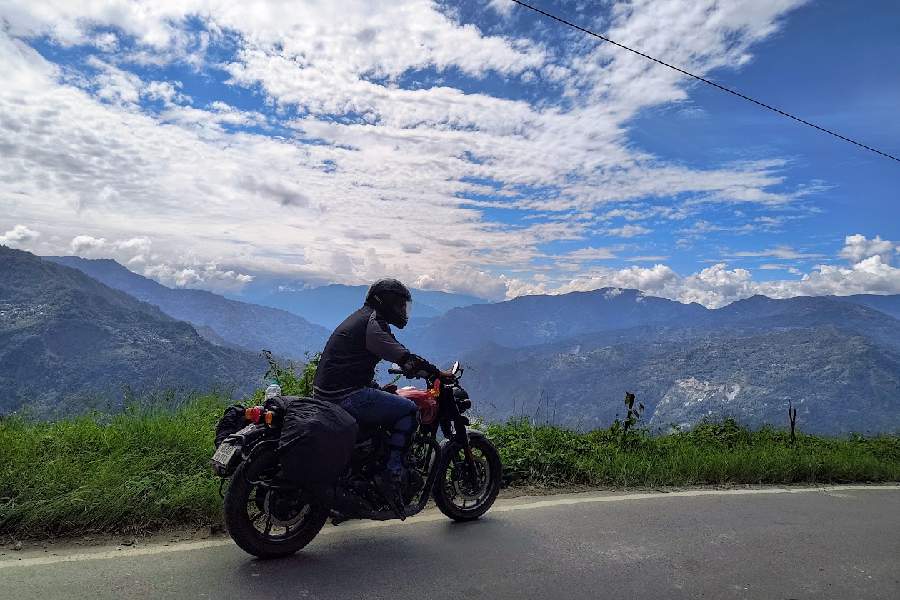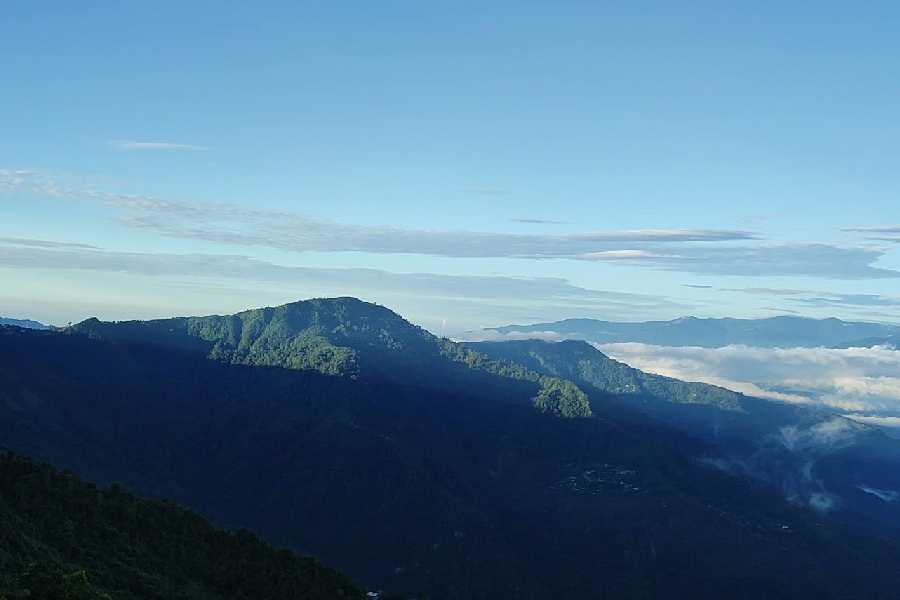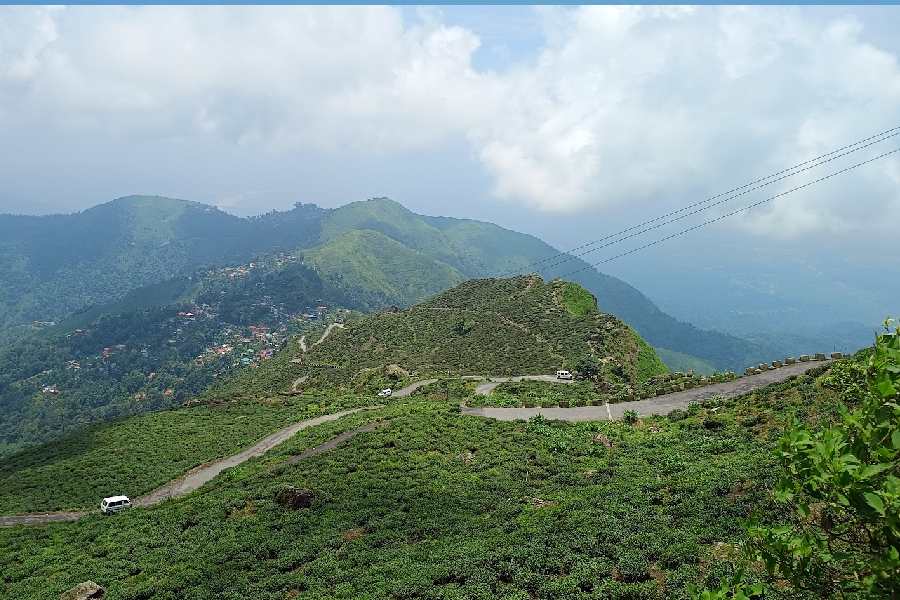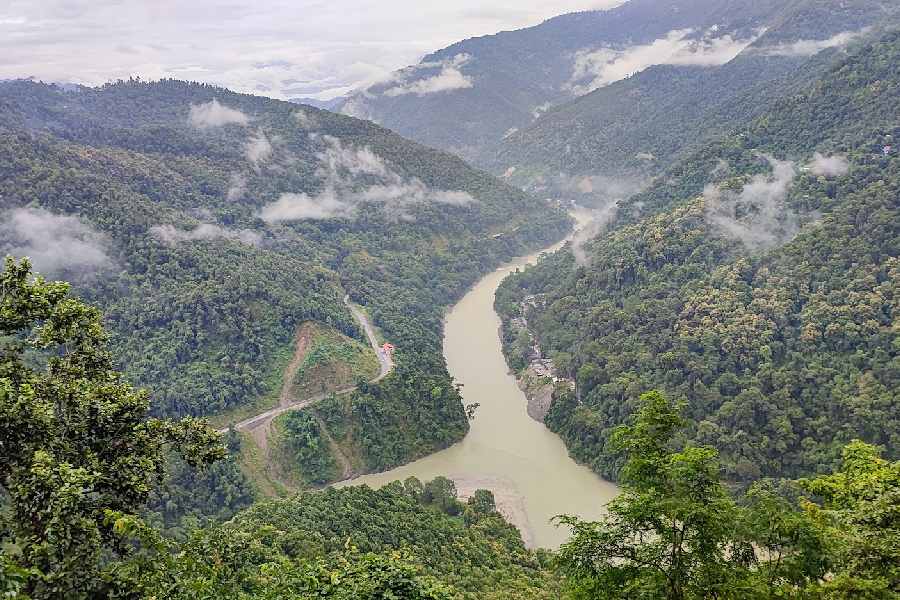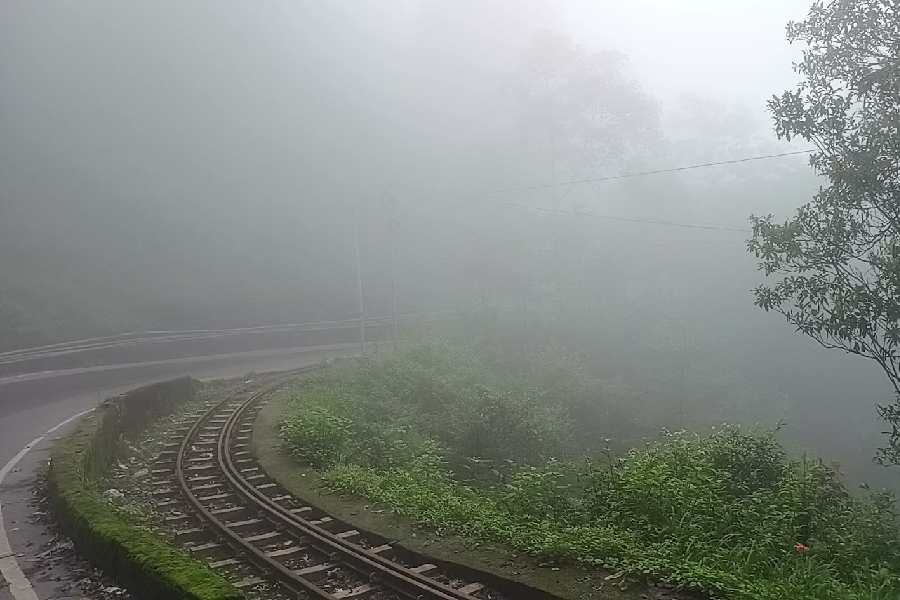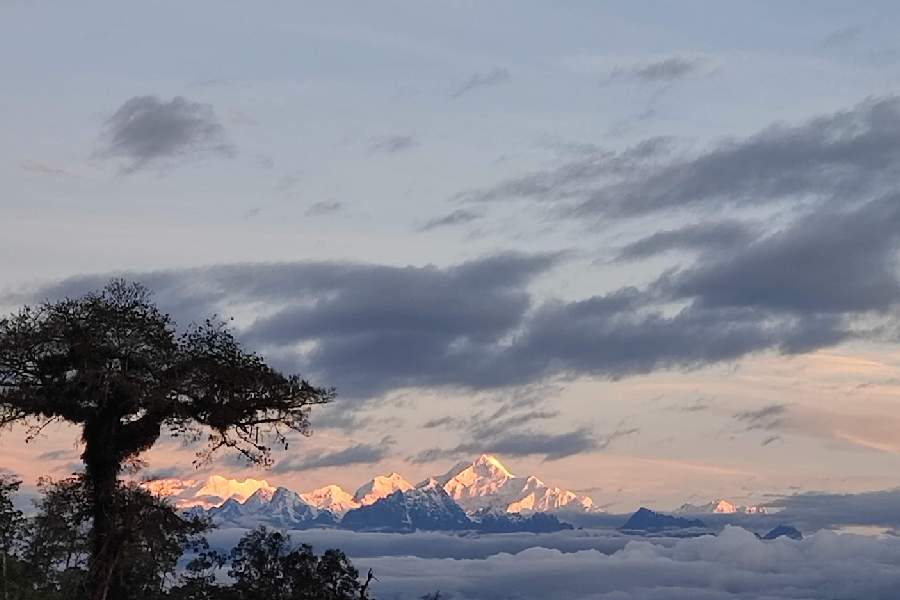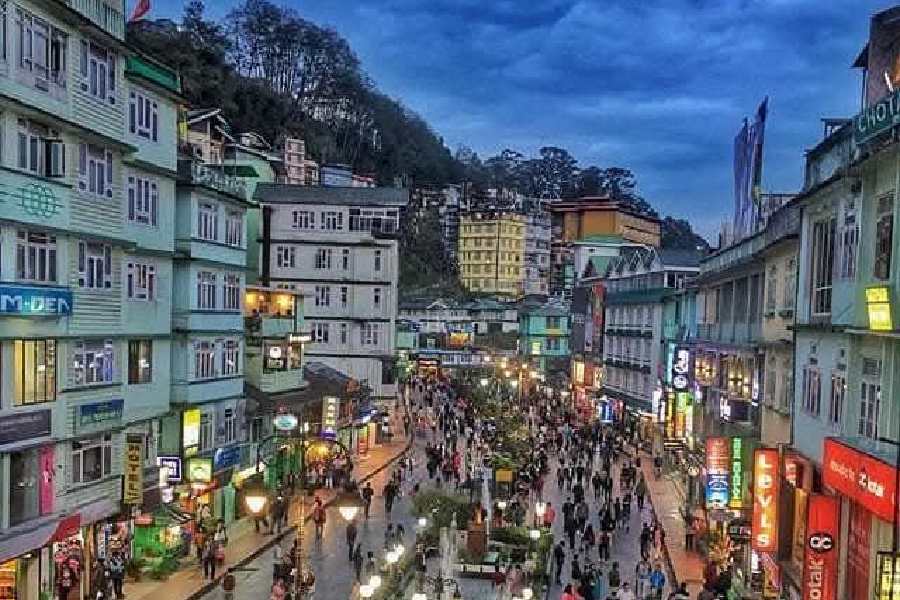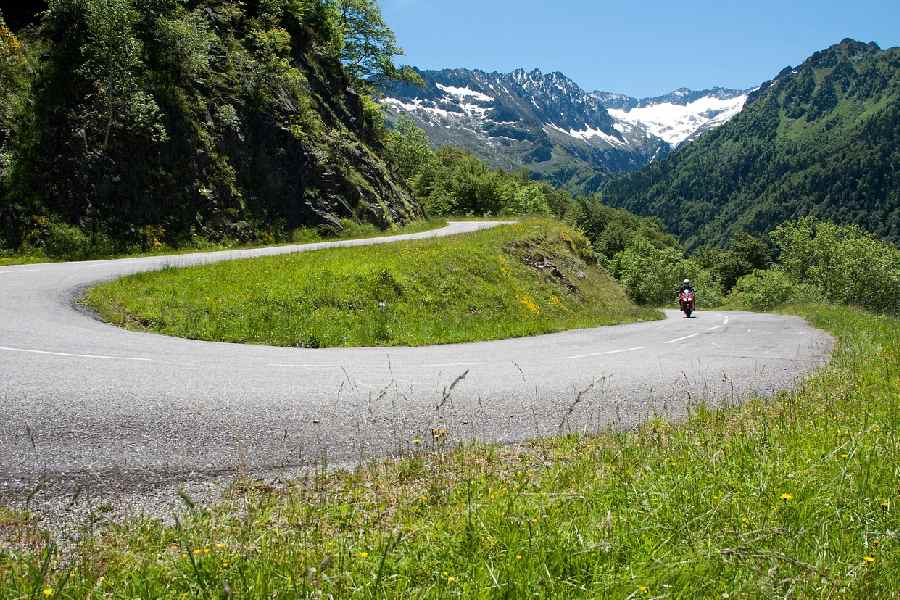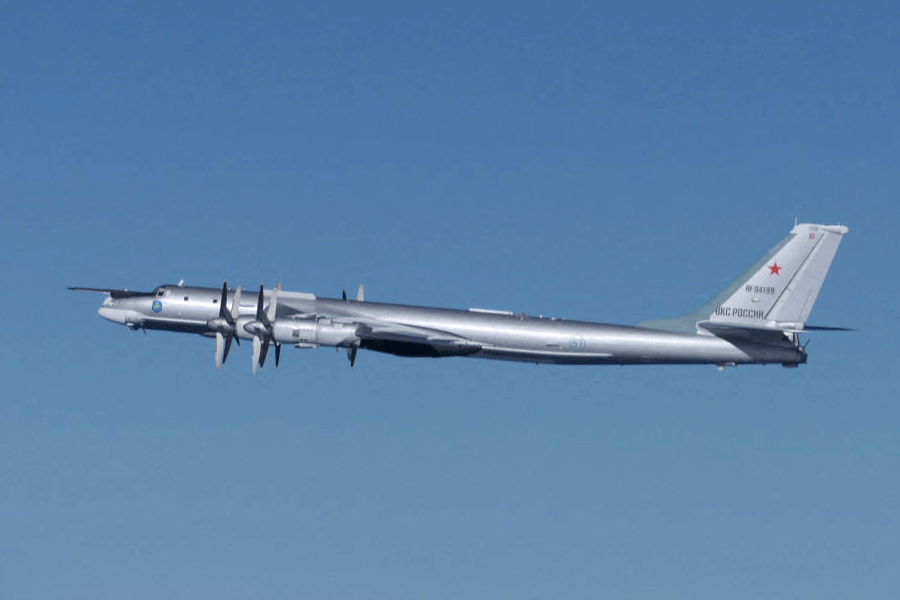Some trips stay with you forever. They appear in conversations years later, when you least expect them to. They remind you of who you were, and sometimes, of who you became.
Then there are those rare journeys that change you altogether, that turn your restless curiosity into quiet gratitude.
This is the story of one such journey: a motorcycle pilgrimage through Sikkim that would test every limit I thought I possessed, and a search for something I didn't know I was missing.
Sikkim had been my childhood fascination. My first visit, at six, was a mix of nausea, altitude sickness and tears. My parents, exhausted, had little chance to enjoy the trip.
Yet, somewhere between the mountains’ silence and the roar of unseen waterfalls, something inside me shifted. The Himalayas had a way of calming my chaos. The grandeur of those gorges and the rhythm of those winding roads became my earliest teachers.
Decades later, with more life and perhaps a bit more wisdom, I knew I had to return — this time not as a passenger, but as a rider.
The call of the mountains
Motorbikes had always fascinated me. As a boy, I’d watch my father ride, studying how the clutch and throttle worked like twin instruments in a symphony. The first time I stole my father’s bike keys, I rode straight into a wall — and learnt, in one loud thud, my first lesson in humility.
The bruise healed, but the thrill never did. Years later, when I finally owned a motorcycle of my own, I began gently tracing flat, sunburnt roads across the plains, learning patience with every kilometre.
Yet somewhere between the whir of the engine and the hum of the wind, the old yearning returned. The hills were calling.
In 2023, I took my first mountain ride to Meghalaya, a gentle introduction to the world of highland roads. The experience fuelled a hunger for something tougher, something wilder.
The terrain was forgiving by Himalayan standards, almost beginner-friendly, but harsh enough to teach me that mountains operate by different rules than the plains. They punish complacency. They reward humility. And they can turn lethal in the space between one breath and the next.
That trip awakened something primal. A hunger for more challenging terrain, for the kind of adrenaline that forces you to be utterly present or pay dearly for distraction. I knew where I needed to go. My subconscious whispered it like a prayer: Let's go see the Sleeping Buddha. Let's go to Sikkim.
When I asked my wife if she'd be comfortable spending days on the back of a motorcycle through some of India's most treacherous roads, her response was simple: "Wherever you want." That was all the approval I needed.
Geography as destiny
The planning took months. Sikkim is not merely beautiful; it is geologically volatile and diverse — a landscape still in the throes of creation. The Himalayas here are actively rising, pushed upward by the inexorable collision of the Indian and Eurasian tectonic plates, which grind against each other at a rate of roughly five centimetres per year.
This geological adolescence makes the region perpetually unstable, prone to landslides that can erase roads in minutes and earthquakes that regularly rewrite the topography.
The state occupies one of the most strategically sensitive locations on Earth, wedged at the convergence of India, China, and Bhutan—a geopolitical pressure point where three powers meet. The roads here aren't merely transportation infrastructure; they're lifelines maintained by the Border Roads Organisation (BRO), those unsung engineers who keep arteries open through terrain that actively resists human passage.
We chose October for our expedition, traditionally the clearest month, when Kanchenjunga, the world's third-highest peak, reveals itself in all its terrible majesty.
But as anyone who truly knows mountains understands, the beauty of a journey lies precisely in its uncertainty, in how plans dissolve before forces beyond human control.
When the sky opens
On October 4, the evening we were scheduled to depart Kolkata, the India Meteorological Department issued an urgent warning: unprecedented rainfall would lash north Bengal that very night.
We stood at our apartment window, watching the city's lights blur through rain, weighing whether prudence suggested postponement. Unlike our Meghalaya adventure, this time we'd be alone. We had no convoy of friends, no backup if something went wrong.
But postponing felt like surrender before the battle had even begun. We decided to trust in our preparation and proceed.
We reached Siliguri by dawn on October 5. The morning arrived sullen and grey, the sun apparently having abandoned its post. Rain had hammered the city throughout the night, leaving streets glassy and treacherous.
I scrolled through news alerts on my phone, each notification more ominous than the last. Then one made my stomach clench: At least 20 dead in landslides. Severe damage to NH-10. Dudhiya Bridge in Mirik collapsed.
National Highway 10, the umbilical cord connecting north Bengal to Sikkim, had been partially destroyed. Our planned two-and-a-half-hour ride to Namchi suddenly seemed optimistic at best, impossible at worst.
After a breakfast we barely tasted, we headed toward our destination via Bengal Safari, aiming for the historic Coronation Bridge. Built in 1937 to commemorate the coronation of King George VI, this 500-foot span across the Teesta River has witnessed decades of travelers crossing between worlds — from the comparative safety of the plains to the unforgiving verticality of the mountains.
We never made it past the bridge. Police barriers blocked the road. An officer approached, shaking his head before we could even ask. "NH-10 is completely closed. Impassable. You'll need to take the Gorubathan route via Lava."
We pulled into a roadside tea stall, cupping hot glasses of sweet chai while calculating the implications. The detour added roughly 120 kilometres and three hours to our journey. More significantly, it routed us through Lava, an offbeat village in Kalimpong district perched at 7,000 feet, known primarily to serious birdwatchers and those seeking unobstructed views of Kanchenjunga.
The weather seemed determined to test our commitment. As we began climbing into genuine mountain terrain, fog descended like a punishment from the gods. Visibility collapsed to perhaps ten meters — barely enough to see the road's edge dropping away into nothingness. We stopped at a roadside shop, waiting for the fog to clear, but it had no such intentions. Meanwhile, the clock reminded us that hesitation meant arriving after dark, which on these roads could prove fatal.
Into the white
Riding through that fog remains one of the most viscerally terrifying experiences of my life. At speeds barely exceeding walking pace, I navigated by pure instinct and prayer, acutely aware that one miscalculation would send us tumbling into the void that lurked just beyond the white curtain.
After hours that felt like days, the fog finally began to thin. Road signs emerged from the whiteness. When we finally rolled into Lava, the relief was so profound I nearly wept.
The village appeared like something from a Himalayan fairy tale: wooden houses with tin roofs clustered around a century-old monastery whose prayer wheels had spun through countless seasons.
We found a modest hotel adjacent to the monastery, where a smiling proprietor confirmed they had rooms available. After hot showers that felt like absolution, we descended to the restaurant for lunch. The chicken thali with generous portions of rice, dal, vegetable curry, and tender chicken curry, cost 250 rupees per person and tasted like the finest meal I'd ever consumed, the way food always tastes when you've earned it through an ordeal.
That evening, we explored Lava's compact market, a serene collection of shops catering to the village's modest needs. We spoke with locals who seemed bemused by our motorcycle journey, sampled momos at a small restaurant, and returned to our hotel as darkness transformed the mountains into looming absences against the star-scattered sky.
The Sleeping Buddha awakens
I prayed that night. Not to any specific deity, but to whatever forces govern weather and fate, that we might receive a reprieve from the elements. I fell asleep to the sound of wind in pine trees, uncertain what dawn would reveal.
When I stepped onto our balcony the next morning and saw the sky, I actually gasped. Crystalline blue stretched overhead, punctuated by white clouds that looked painted by an artist's brush. And there, dominating the northern horizon like a god made manifest: the Sleeping Buddha profile of Kanchenjunga, its five peaks catching the early light, gleaming with the snow that had earned it the name "Five Treasures of Snow" in Tibetan.
Locals in Sikkim consider Kanchenjunga sacred — the abode of protective deities. The first climbing team to reach its summit in 1955 famously stopped short of the actual peak out of respect for the mountain's sanctity, a tradition maintained by all subsequent climbers. Standing there, comprehending the sheer scale of what rose before me, I understood why.
We departed Lava after a hasty breakfast, riding toward the Singtam Bridge — the official gateway where Bengal yields to Sikkim. As we descended from Kalimpong's hills and reached the national highway, the previous night's devastation revealed itself.
Massive landslides had carved away sections of the mountainside like bites from a giant's mouth. Roads had caved in, leaving temporary tracks bulldozed through rubble. JCBs worked with the desperate urgency of surgeons, trying to keep vital arteries open. The mountains' grandeur transformed from postcard beauty to something more primal.
The 120-kilometre ride to Gangtok passed through a landscape that seemed to have been recently wounded and hastily bandaged. We reached the capital by afternoon, checking into a hotel before venturing out to explore Mahatma Gandhi Marg — the pedestrianised heart of the city.
The Times Square of the Himalayas
If someone transported you blindfolded to MG Marg and removed the blindfold at dusk, you might genuinely believe you'd arrived at a miniature Times Square. The street transforms in the evening, when LED lights illuminate shop fronts, restaurants overflow with diners, and the entire hill station seems to exhale and relax into its role as entertainment and commerce hub.
The street's defining characteristic, beyond its gleaming cleanliness, unusual for India, is that vehicles are banned.
You can sit on benches and simply watch humanity parade past: Tibetan refugees selling prayer wheels and thangkas, local families dressed in their finest for weekend outings, backpackers with dreadlocks and distant gazes, Indian tourists taking selfies with the mountains as backdrop.
We spent hours there, though our shopping remained limited by motorcycle luggage constraints. Everything we carried needed to fit in two saddlebags and a backpack. This enforced minimalism became oddly liberating; we couldn't accumulate souvenirs, so we collected experiences instead.
[To be continued…]
